Mr. Nguyen Van Duoc adjusts the irrigation pipes in preparation for planting watermelon.
In recent years, many households in Loc Ninh district, Binh Phuoc province have flocked to Tay Ninh province to borrow vacant land from newly cleared rubber plantations to grow watermelons. The area where these households grow watermelons is up to hundreds of hectares, contributing to the development of the agricultural economy and creating jobs for many local workers.
Mr. Nguyen Van Duoc (residing in Loc Ninh district, Binh Phuoc province), who grows 18 hectares of watermelon on land belonging to Dong Rum Rubber Farm (Tan Thanh commune, Tan Chau district, Tay Ninh province), said that there are currently about 18 households from Binh Phuoc who have contacted the Farm to borrow land to grow watermelon.
The melon growing area is located in two areas: the vacant land area is about 115 hectares, the remaining area of more than 100 hectares has been replanted with rubber. The farm lends land to people to grow a short-term melon crop. Immediately after harvesting the melon, the borrower must plow and process the land to return the land to its original condition to the farm.
According to Mr. Duoc, growing melons requires a lot of investment in fertilizers, irrigation water to keep the melons moist, weed control, loose soil, etc., so after harvesting the melon crop, it is the turn of the rubber trees of the Farm to grow well. People choose to plant watermelons during the dry season so that they can proactively regulate the irrigation water source. If planted during the rainy season, it will be difficult to control the amount of water remaining, causing the melons to die.
However, in this area at present, drilling wells to find irrigation water sources is very difficult. The well must be several tens of meters deep, and even a hole must be dug 3-5 meters deep along the well to lower the pump height in the hope of pumping a stable irrigation source. This generates a lot of investment costs, while not every well drilling can find the right strong enough water source.
Mr. Nguyen Van Son - also a resident from Binh Phuoc province who grows watermelon at Dong Rum Rubber Farm said that growing this type of plant is very hard work, requiring work from early morning to late afternoon. Meanwhile, watermelons are grown on a large scale, so a lot of labor is needed.
Therefore, most melon growers bring their whole family, and at the same time, they have to mobilize additional labor to meet the workload in time. However, the labor force is still not enough, so melon growers have to hire more workers in Tan Chau district. The labor cost ranges from 35 to 45 thousand VND/hour, depending on the job. There are days when the area of about 115 hectares has dozens of workers.
According to the reporter's records on February 18, the melon owners and workers from Binh Phuoc province chose to set up temporary tents on site or near the melon plantation. All meals and daily activities take place there, of course, with such circumstances, it is difficult to avoid difficulties and shortages in many aspects. As for the local labor force, after the working day, they will return home. Because wages are paid by the hour, most workers try to work until dark.
Mr. Huynh Tan Hiep - Vice Chairman of Tan Thanh Commune People's Committee said that people from Binh Phuoc province who came to Tan Thanh commune to grow watermelons all worked hard and returned to their camps to rest, ensuring good security and order in the locality.
The well driller worked all afternoon.
Mr. Tran Van Hung, also a resident of Binh Phuoc province who came to grow watermelons, said that watermelon growers have many steps that need to be carried out continuously. After plowing the beds, they must spread fertilizer, cover the beds, take advantage of drilling wells and installing pumps, arrange water pipes, water the beds many times to create moisture before putting seeds in the ground in the pre-drilled holes, spread straw to keep moisture and line the melons later, spray herbicides, etc.
These steps must be carried out consecutively, if any step is delayed, it will affect the effort, costs, crop progress and crop yield. Therefore, melon growers almost never have free days, even on holidays and Tet, they must always be present at the melon field.
Mr. Nguyen Van Duoc shared more, the favorable conditions for many people to feel secure in growing melons are that most of the money needed to invest such as: plowing the land, fertilizers, seeds, pesticides, straw, irrigation pipes, drilling, digging wells, watermelon seeds (mainly Nam Sai Gon and Dong Xanh varieties), are all covered by the seller. Only the payment for workers must be paid immediately. The total investment for 1 hectare of watermelon is about 60 million VND. Melon growers are most concerned about the selling price of the melons when it comes to harvest, because this depends entirely on traders.
His workers were mixed with chemicals to spray to kill weeds.
When harvest time comes, traders will visit the melon growing area to evaluate the yield. If the melons are in season, traders will buy by counting the number of melons on any row, then multiplying the number of rows of similar length over the entire current area to calculate the weight. If the melons are in season, traders will buy by weighing to calculate the exact weight.
“Watermelon growers can only make a profit if they buy it at a price of over VND5,000/kg. Of course, people who grow watermelons make money and lose money. However, households from Binh Phuoc province who go to Tay Ninh province to grow watermelons always consider this a way to make a living.
I don’t know what the price of watermelons will be this year, but as long as I am healthy, I will continue to work to build a life. After this season, we will continue to look for other farms in Tay Ninh province to contact to grow watermelons,” said Mr. Duoc.
Ming Dynasty
Source


![[Photo] Prime Minister Pham Minh Chinh and Prime Minister of the Kingdom of Thailand Paetongtarn Shinawatra attend the Vietnam-Thailand Business Forum 2025](https://vphoto.vietnam.vn/thumb/1200x675/vietnam/resource/IMAGE/2025/5/16/1cdfce54d25c48a68ae6fb9204f2171a)










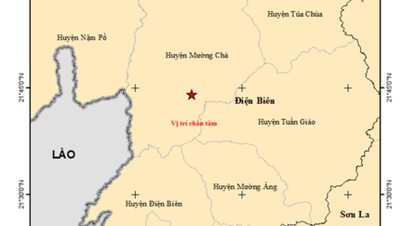





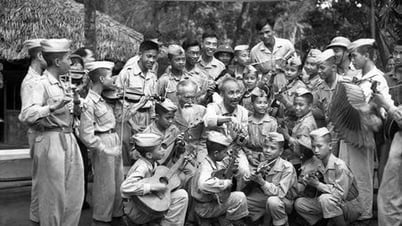

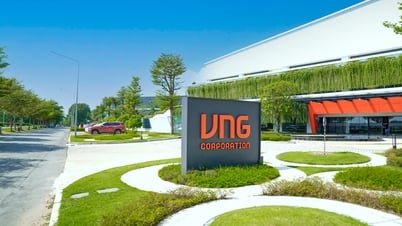
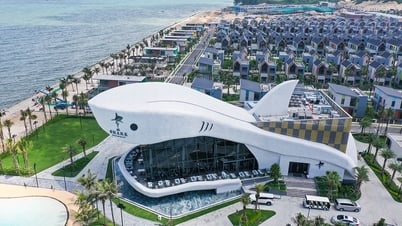

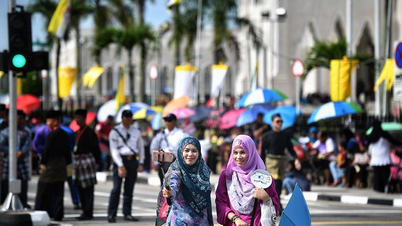
![[Photo] President Luong Cuong receives Prime Minister of the Kingdom of Thailand Paetongtarn Shinawatra](https://vphoto.vietnam.vn/thumb/1200x675/vietnam/resource/IMAGE/2025/5/16/52c73b27198a4e12bd6a903d1c218846)











































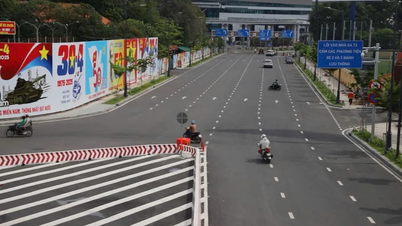

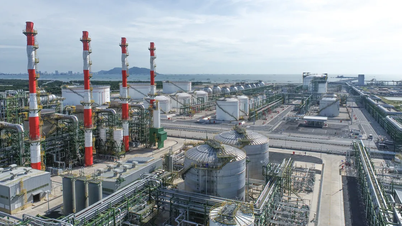


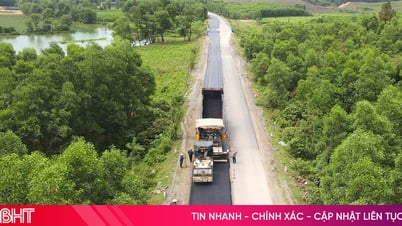














Comment (0)